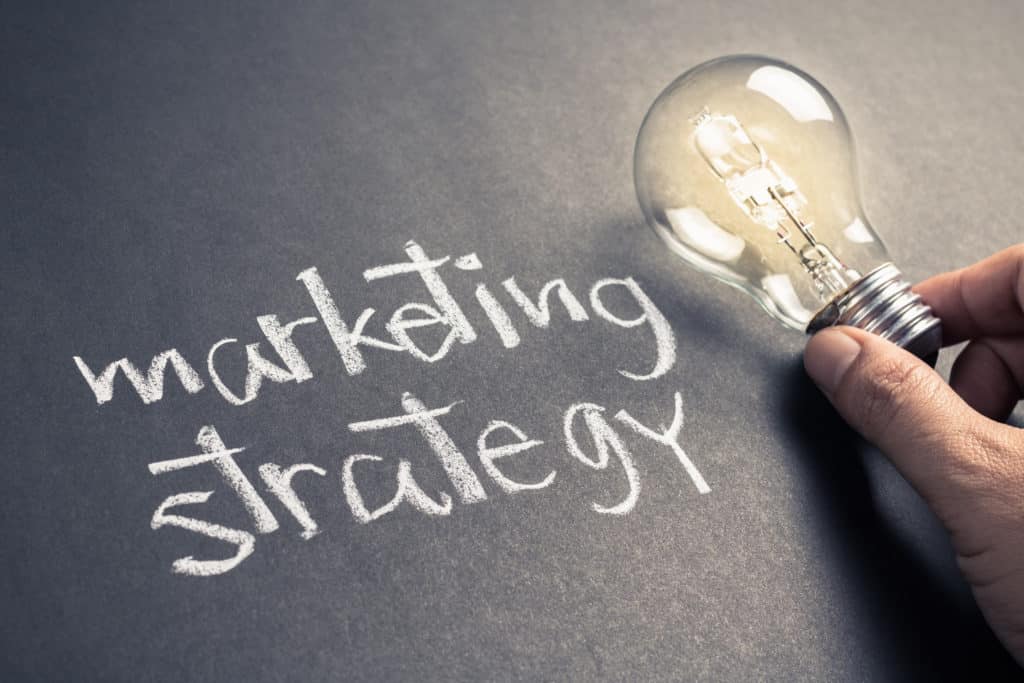With the ongoing governmental responses to the Covid crisis, more and more of our clients have been contacting us to discuss launching their products and services abroad in the hopes of finding favourable markets in which to continue to grow. It is a sign that the return to normality will undoubtedly pass by exports. However, with or without an international crisis, it is important you plan your project (and marketing strategy) upstream!
The difference between translation and localization
If you’ve already read up on commercial development strategies translated from an American company, or inversely as an American, read into said strategies by a French company, you’re sure to have noticed certain techniques aren’t adapted culturally to the way the target audience does business. If a business were to follow these American giants’ guidelines to the letter, there is a good chance that these efforts would fall flat within French borders.
So, what’s the point we’re trying to make here? Simply put, it’s not always enough to just translate a document, to stick too close to the source material.
Sometimes, your project calls for localization.

Translate or localize: how do you know which to choose?
Choosing between these two procedures will depend nearly entirely on the type of content our clients send us.
Basic content (informative) can often be translated as is. This includes product descriptions or customer testimonials as well.
Depending on your core business sector and the product or service you offer, it is possible that the majority of your content will need to be rewritten (localized) to provide for a more adapted marketing approach in your target countries.
Through past experience, we’ve come to realize that, generally speaking, products destined for the general public are more suited to localization as there is a wider variety of terminology and tones used, and less structured jargon.
The process of adaptation can be relatively simple at times, requiring little more than a veneer of cultural content to the translation to ensure it is appropriate. This could be crafting more or less shocking hooks, the use of formal or informal language, the uses of more local references.
On the flip side, localization, or adaptation, can require a much heavier hand in certain circumstances. For instance, your General Terms and Conditions of Sale may need to be completely reworked with your attorney upstream of translation if you’ll be selling in countries that have extremely different laws and regulations.
To illustrate the point, imagine your are sending a newsletter out to a foreign client. Now, ask yourself, will the client be using your product in the same manner as your local client? Do they have the same expectations and characteristics (think of your customer “persona”)?
And what about the localization of videos, subtitles and voice-overs?
The same rules apply for your videos. Either your videos are made in a way that they speak to a wide variety of audiences, or you’ll need to create a localized version (at least through adaptation of your subtitles, as images are often more universal than text).
This is something that you should be thinking about before launching your video project, especially for businesses with limited budgets. Given the cost of creating a marketing video, it may be more financially prudent to create one single video that you can distribute to all of your clients. Along the same lines, be aware that adding text to your video, while it may be visually interesting, can create new problems if you have to have new graphics created for each language as well…
How do I test the efficacy of my marketing messaging on my international audience?
TradOnline, in partnership with The Machinery, offers a method to quickly verify the validity of your messages and concepts internationally. An original start-up that allows users to test the feasibility of their service or product on a new market by verifying that it responds to a known need. Less expensive than a classic market study, this will provide you with insight into your messaging and the actual need of your product or service before you launch internationally.

Testing your offering and marketing messages with an ultra-qualified (core) target audience. They use A/B testing of your marketing hooks and various ways of speaking about your offering and its advantages.
Above all, they deliver quantitative results allowing you to feel out the market and refine your approach. And you can make your decision with peace of mind.
Discuss it with your management, marketing, and innovation teams!

